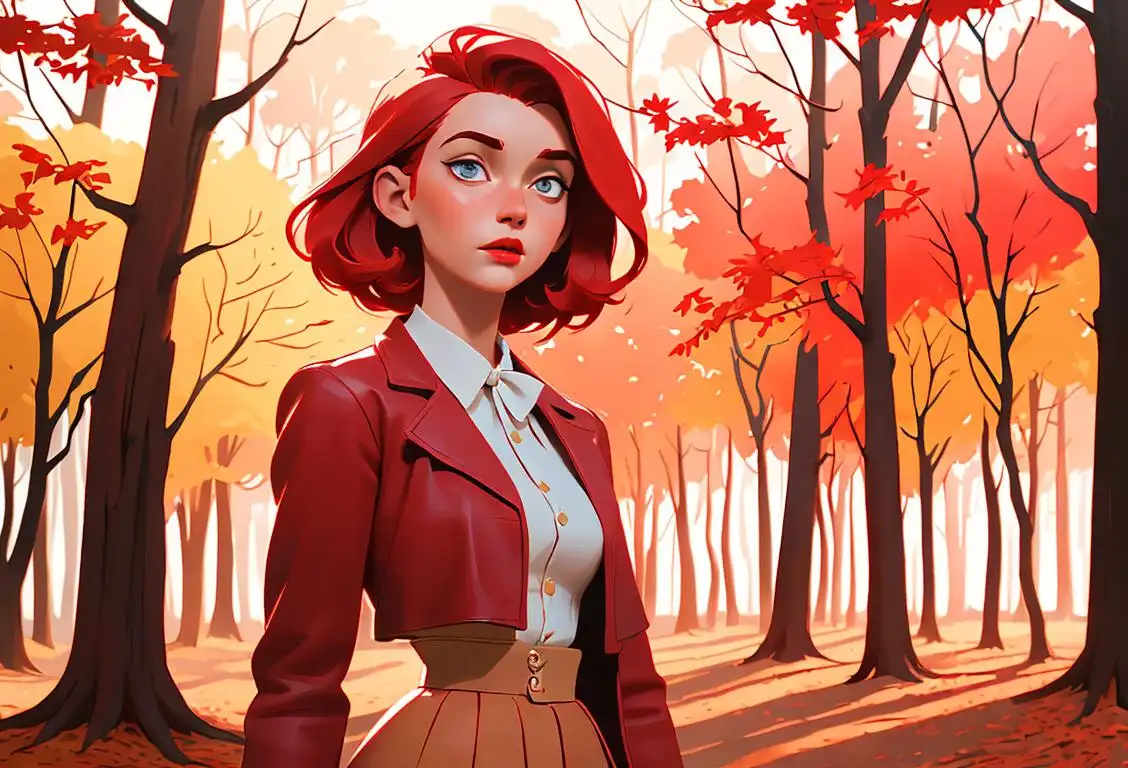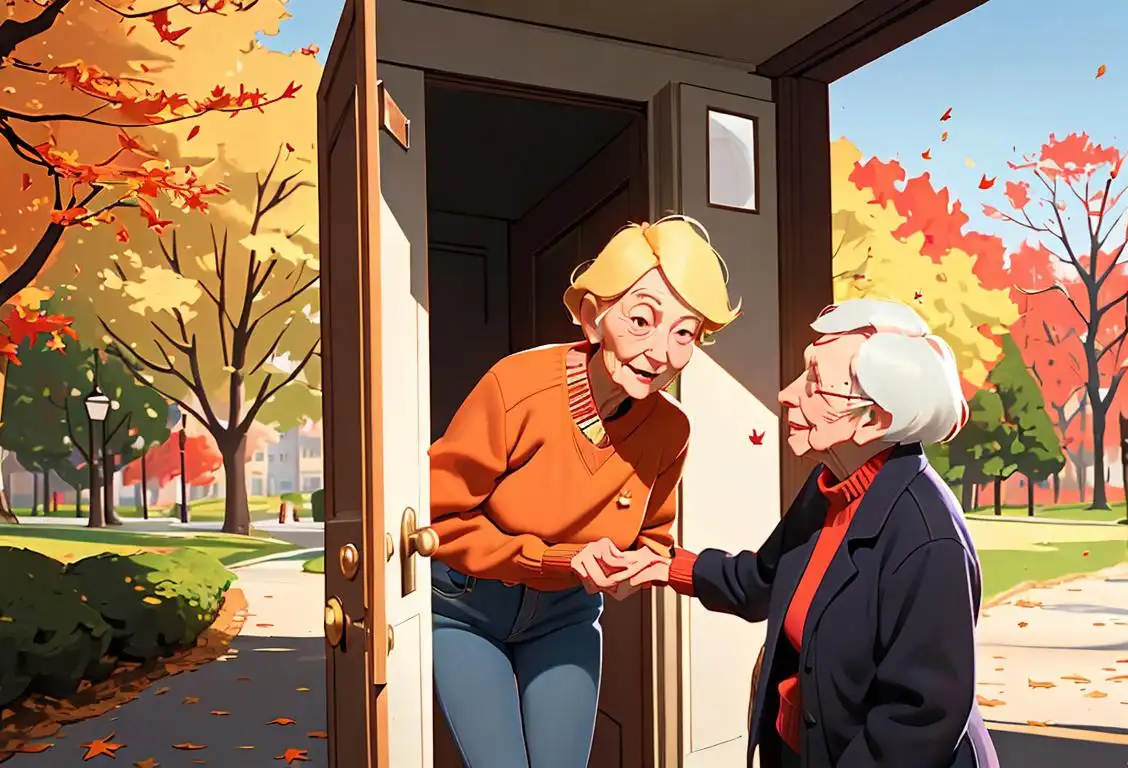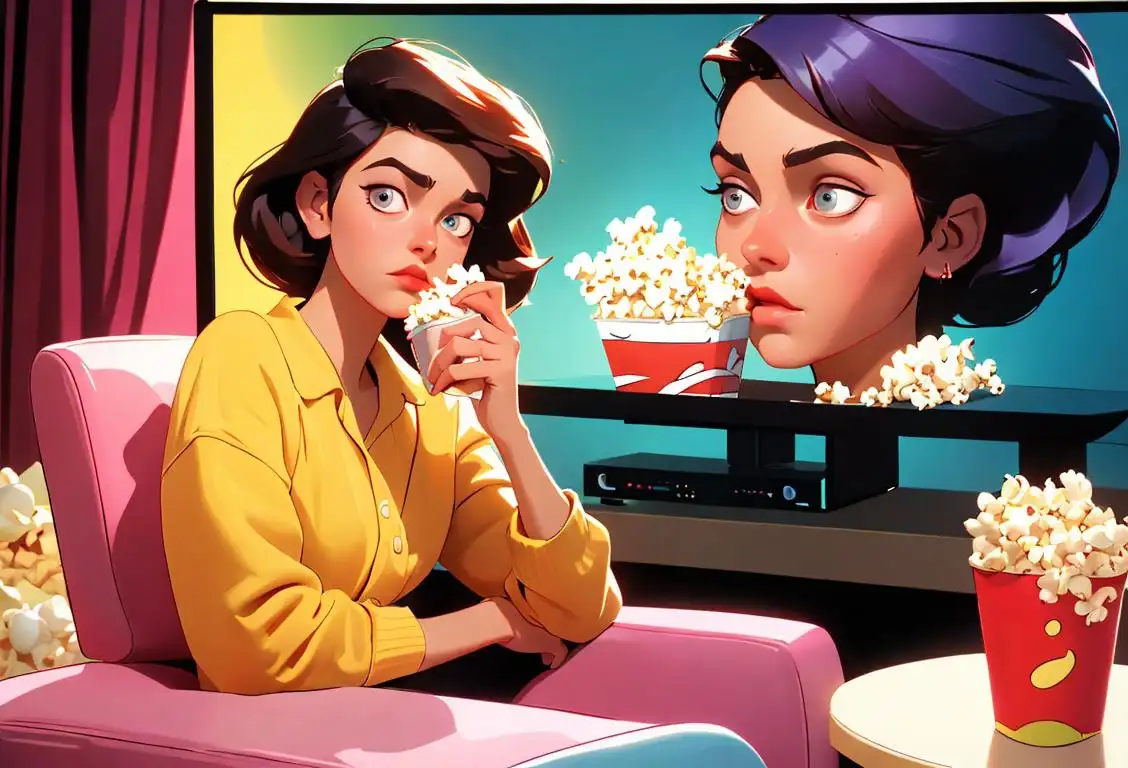National Card Day

Welcome to National Card Day, where we celebrate the art of sending heartfelt messages through little pieces of paper! Whether it's a birthday card, a thank you note, or a funny greeting card, this day is all about spreading joy and making someone's day a little brighter.
When is Card Day?
It's national card day on the 8th August.
The Origins of National Card Day
Did you know that the tradition of exchanging cards can be traced back to ancient Egypt? Yep, even Cleopatra would send papyrus scrolls with messages of love and friendship. Talk about being a trendsetter! Moving forward a few centuries, the Chinese began exchanging written messages of good fortune during the New Year celebrations. The idea of sending cards then spread to Europe in the 15th century, where handmade cards were exchanged during special occasions.
Fast forward to the 19th century, and the modern greeting card industry began to flourish. With commercial printing becoming more accessible and affordable, sending cards became a popular way to express sentiments for various occasions. Today, we have an endless array of card designs, from sappy to hilarious, catering to every taste and occasion.
How to Celebrate National Card Day
Celebrating National Card Day is as easy as one, two, three... cards! Here are a few ways you can join in the card-sending festivities:
- Send a surprise: Pick out a card that reminds you of someone special, jot down a heartfelt message, and pop it in the mail. The joy of receiving an unexpected card in the age of digital communication is simply priceless!
- Get crafty: Channel your inner DIY guru and create a handmade card. Get out those colored pencils, glitter, and stickers, and let your creativity soar. It's not just about the end product—it's the love and effort you put into making it.
- Host a card-making party: Gather your friends and family for a fun-filled card-making extravaganza. Set up a craft station with various supplies, and let the creative juices flow while enjoying good company.
- Support local artists: Visit a local stationery store or browse online for unique, handcrafted cards made by independent artists. Not only will you find one-of-a-kind designs, but you'll also be supporting small businesses.
Did You Know?
Did you know that the world's largest greeting card measures a whopping 54 feet long and 7 feet tall? It was created in Belgium and featured messages of love and peace. Talk about making a grand gesture!
History behind the term 'Card'
1440
Birth of the Playing Card
In the year 1440, the first playing cards were believed to have originated in China during the Tang dynasty. These early cards were hand-painted on paper and consisted of four suits: coins, strings of coins, myriads, and tens of myriads. Each suit contained ten cards and was intended for a variety of games.
1369
Introduction to Europe
During the reign of Emperor Yizong of the Ming Dynasty, playing cards made their way to the Islamic empire through trade routes. It was in the year 1369 that cards began to appear in Europe, specifically in Mamluk Egypt. Here, the cards had different suits such as swords, cups, coins, and polo sticks.
late 14th century
French Influence
In the late 14th century, playing cards crossed over into Europe and underwent significant changes. The French were particularly influential in the design and standardization of the playing card deck. They introduced the suits we are familiar with today: hearts, diamonds, clubs, and spades. Additionally, the French also introduced the concept of court cards which depicted royalty rather than the usual numerical values.
19th century
Industrial Printing and Mass Production
With the advent of industrialization in the 19th century, playing cards became easier to produce and more accessible to the masses. Industrial printing techniques allowed for faster and cheaper production, leading to a surge in card games' popularity. This era also saw the introduction of various card games such as Poker, Bridge, and Rummy, which further cemented the cultural significance of playing cards.
20th century
Playing Cards in Pop Culture
In the 20th century, playing cards became deeply ingrained in popular culture. They appeared in movies, literature, and art, symbolizing luck, strategy, and fortune. Famous characters like Alice in Wonderland and the Joker tapped into the allure of playing cards, further solidifying their place in cultural symbolism. Today, playing cards remain an integral part of social gatherings, casinos, and entertainment.
Did you know?
Did you know that the world's largest greeting card measures a whopping 54 feet long and 7 feet tall? It was created in Belgium and featured messages of love and peace. Talk about making a grand gesture!Tagged
romance fun loved onesFirst identified
15th January 2016Most mentioned on
8th August 2020Total mentions
161Other days
Love Your Red Hair Day
Do Something Nice Day
Suicide Prevention Month Day
Kissing Fried Chicken Day
Kiss A Ginger Day
Iloveyou Day
Compliment Day
Happiness Day
Tv On The Same Day
Boyf Day









